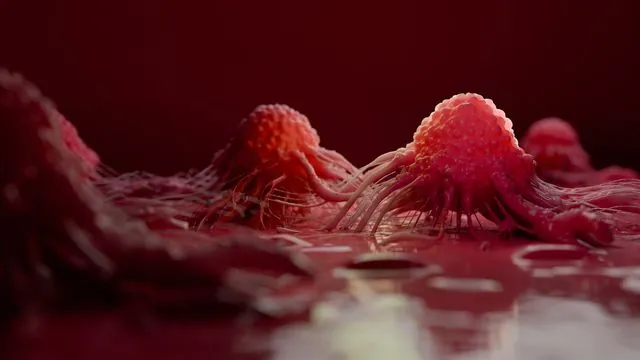
Breakthrough! Graphene-Based Artificial Tongue Achieves Near-Human Taste Sensation
2025-07-12
Author: Li
A Taste Revolution in Technology!
In an astonishing leap forward for sensory technology, researchers from the Chinese Academy of Sciences and Shandong University of Technology have unveiled a groundbreaking graphene oxide sensor that mimics the human sense of taste with remarkable precision. This innovative device not only operates effectively in wet environments but also closely replicates the conditions found in the human mouth.
How It Works: Technology Meets Taste!
At the core of this artificial tongue lies a complex structure composed of multiple layers of graphene oxide housed within a specialized nanofluidic device. Known for its unique ability to alter electrical conductivity in response to various chemicals, graphene oxide serves as the perfect material for this taste-sensing application.
By exposing the sensor to a cocktail of 160 different chemicals—each linked to a specific flavor—the researchers harnessed machine learning to create a 'memory' system for detecting tastes. This approach mirrors the human brain’s interpretation of signals from taste buds, traditionally recognized for identifying five fundamental tastes: sweet, salty, bitter, sour, and umami. Excitingly, 2023 has also seen the identification of a sixth taste: ammonia chloride!
Impressive Accuracy: A Taste Sensation!
During rigorous testing, the artificial tongue demonstrated an astounding accuracy rate of 98.5% when identifying familiar tastes, including the four basic flavors. Moreover, it successfully classified flavors from 40 new samples with an impressive accuracy range between 75% to 90%. The device even tackled the more nuanced flavors of coffee and cola, showcasing its versatility.
A Future of Restored Taste!
This revolutionary design addresses a significant limitation of previous artificial tasting systems by seamlessly integrating sensing and computing functions into one compact device. Experts believe that this advancement could one day restore taste perception to individuals who have lost this sensory ability due to strokes, viral infections, or neurodegenerative diseases.
Challenges Ahead: The Path to Practical Application!
Despite these monumental strides, several technical hurdles remain. The current prototype is large and consumes substantial energy, necessitating further miniaturization and development for real-world applications. However, the potential for this technology to transform lives is undeniable, paving the way for a future where taste sensations can be experienced once more.



 Brasil (PT)
Brasil (PT)
 Canada (EN)
Canada (EN)
 Chile (ES)
Chile (ES)
 Česko (CS)
Česko (CS)
 대한민국 (KO)
대한민국 (KO)
 España (ES)
España (ES)
 France (FR)
France (FR)
 Hong Kong (EN)
Hong Kong (EN)
 Italia (IT)
Italia (IT)
 日本 (JA)
日本 (JA)
 Magyarország (HU)
Magyarország (HU)
 Norge (NO)
Norge (NO)
 Polska (PL)
Polska (PL)
 Schweiz (DE)
Schweiz (DE)
 Singapore (EN)
Singapore (EN)
 Sverige (SV)
Sverige (SV)
 Suomi (FI)
Suomi (FI)
 Türkiye (TR)
Türkiye (TR)
 الإمارات العربية المتحدة (AR)
الإمارات العربية المتحدة (AR)